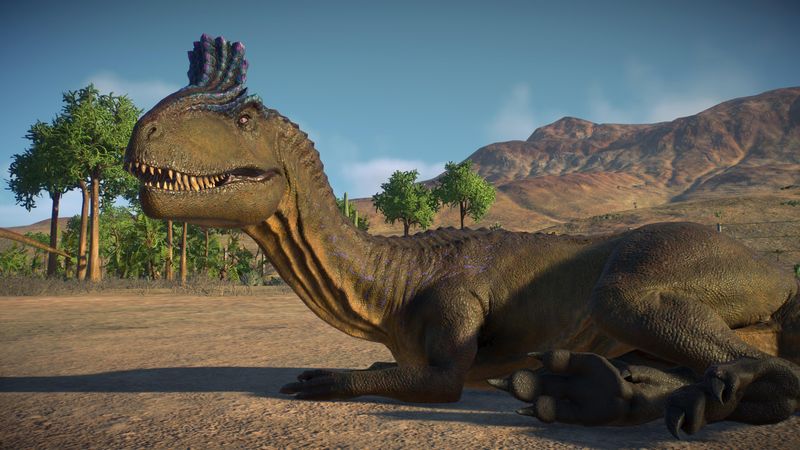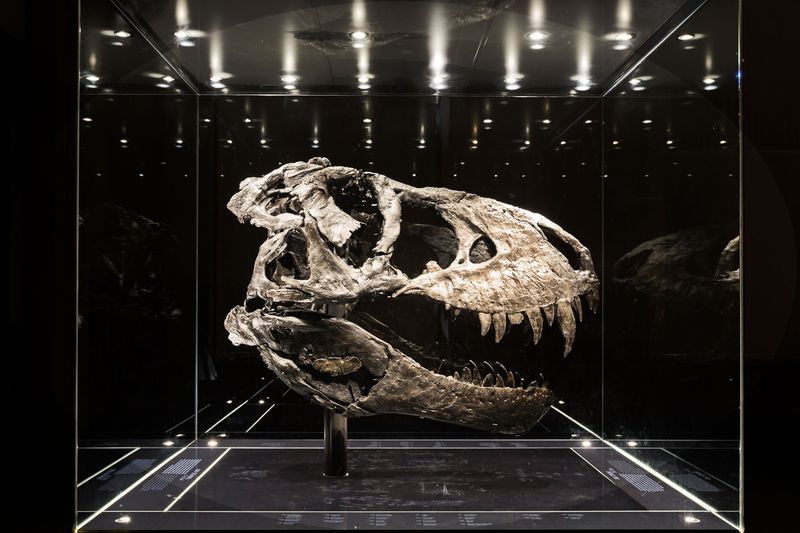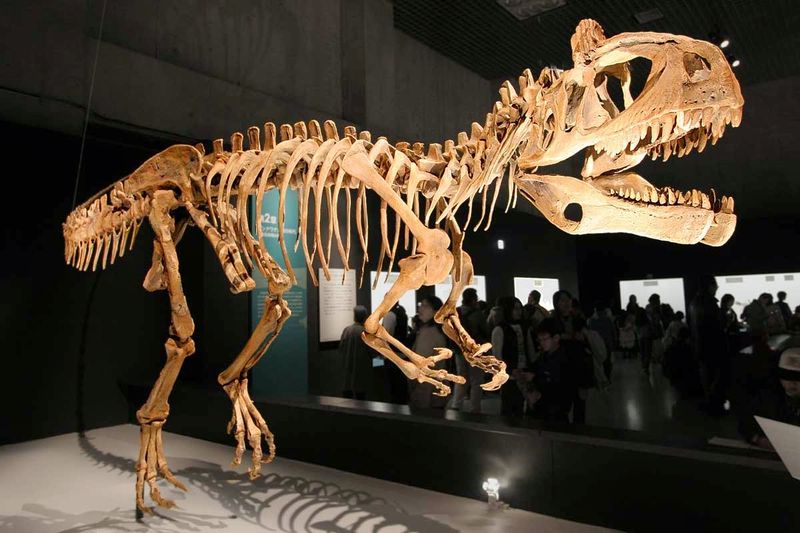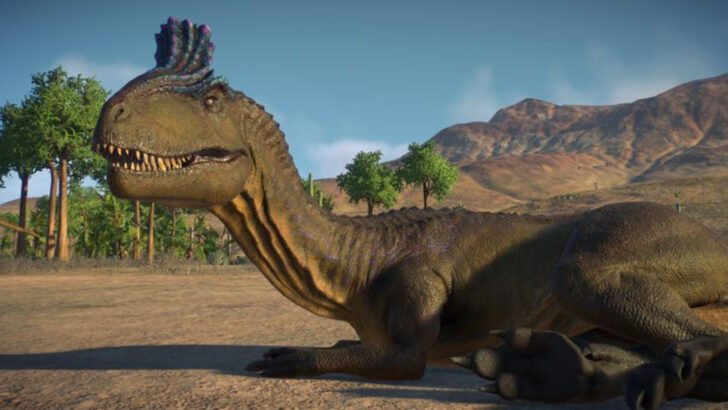Antarctica isn’t just ice and penguins—it once had monsters.
Scientists have uncovered the bones of a massive, meat-eating dinosaur lurking beneath the frozen wasteland. This beast wasn’t just big—it was a top-tier predator, built to hunt, crush, and dominate everything in its path.
Imagine razor-sharp teeth, powerful legs, and the kind of bone-crunching bite that could take down anything unlucky enough to cross its path. This wasn’t some slow-moving giant—it was fast, fierce, and absolutely terrifying.
So what was this prehistoric nightmare? And how did something so fearsome roam a place we now think of as a barren, frozen desert? Let’s dig into the details of Antarctica’s most terrifying dinosaur discovery yet.
The Antarctic Predator’s Massive Size

This colossal dinosaur, estimated to reach lengths exceeding 30 feet, roamed the frigid terrains of ancient Antarctica. Its sheer size and powerful build suggest it was an apex predator, capable of taking down large prey.
Fossils unearthed reveal massive vertebrae and robust limb bones, hinting at its formidable strength. The icy climate of its habitat adds an intriguing twist, as dinosaurs were previously thought to inhabit warmer regions.
How did this predator adapt to the cold? Its discovery challenges existing theories about dinosaur ecosystems, offering fresh insights into their adaptability.
Unique Anatomical Features

This predator boasted remarkable anatomical features, including razor-sharp teeth and claws designed for hunting. Its skull structure indicates acute senses, enabling it to detect prey with precision.
The arrangement of its teeth suggests a carnivorous diet, capable of slicing through flesh with ease. Paleontologists are fascinated by its unique adaptations, which differ from other known predators of its time.
These anatomical traits provide a window into its hunting strategies and survival mechanisms. As researchers continue to study its fossils, they’re uncovering secrets about the predator’s way of life, enhancing our understanding of the dinosaur era.
Implications for Dinosaur Research

The discovery of this giant predator has significant implications for dinosaur research. It challenges the notion that dinosaurs only thrived in warm climates, opening new avenues for understanding prehistoric life.
Researchers are now re-evaluating the global distribution of dinosaurs, considering factors like migration and adaptation. This find could pave the way for further excavations in polar regions, potentially uncovering more mysteries of the ancient world.
As scientists piece together the puzzle of this prehistoric predator, they are reshaping our knowledge of dinosaurs, ushering in a new era of discovery and exploration.

